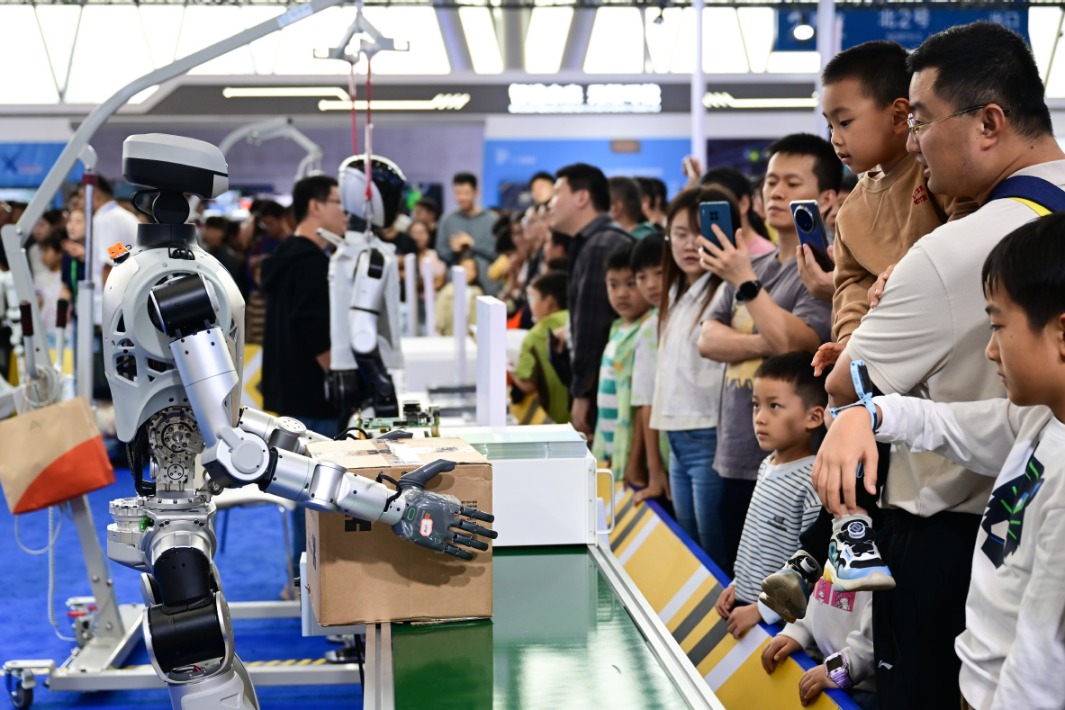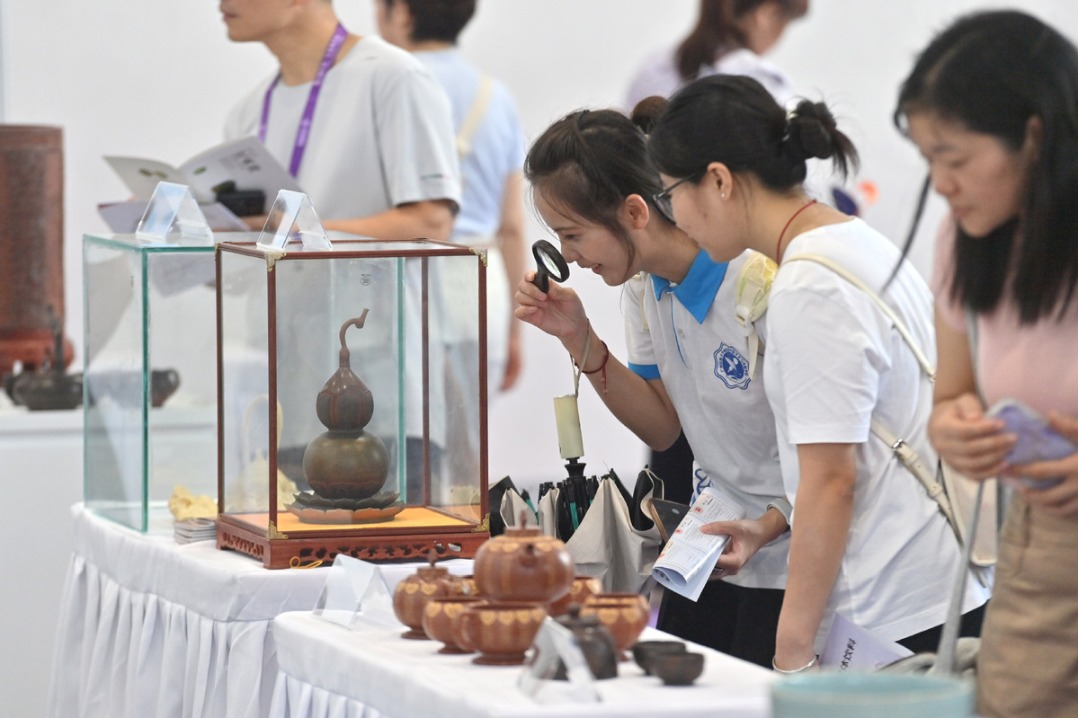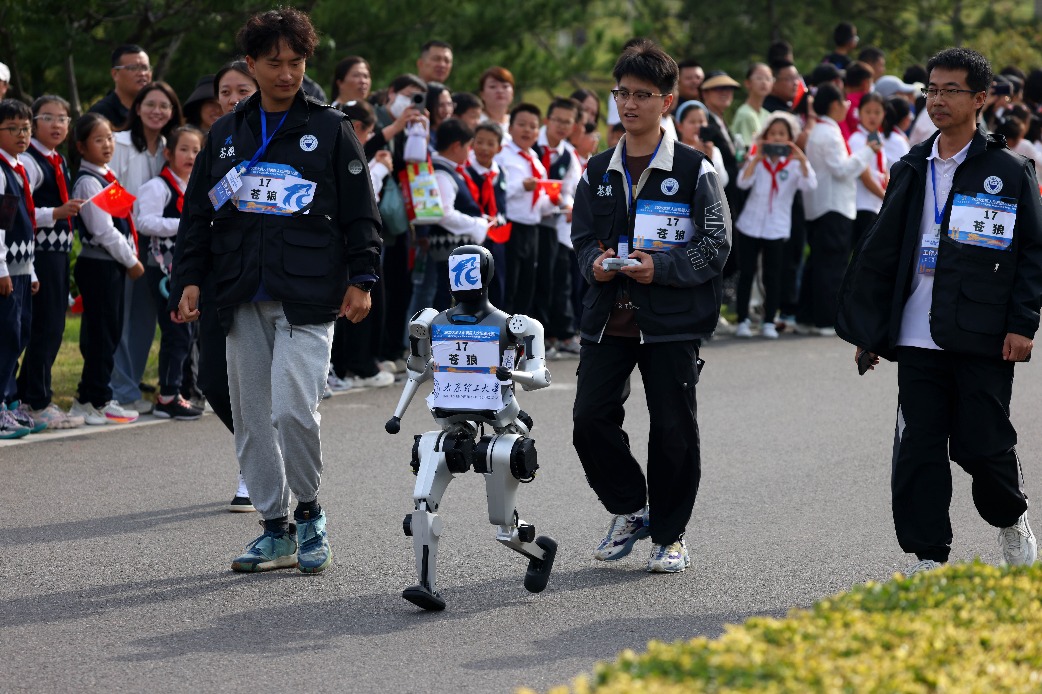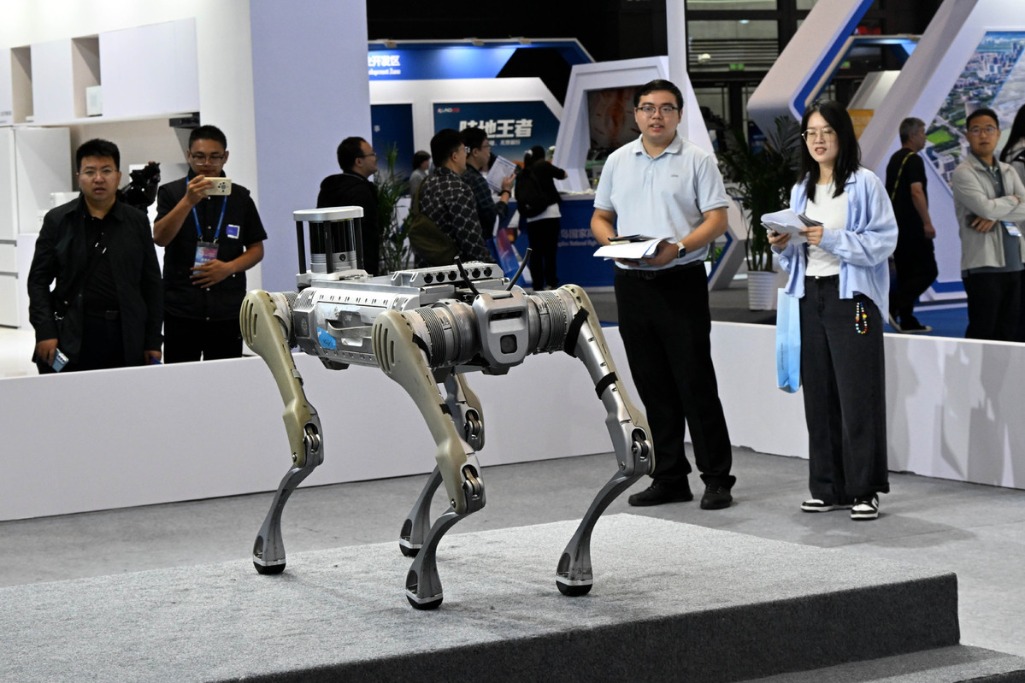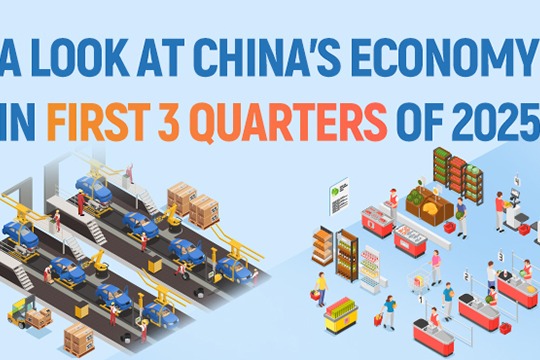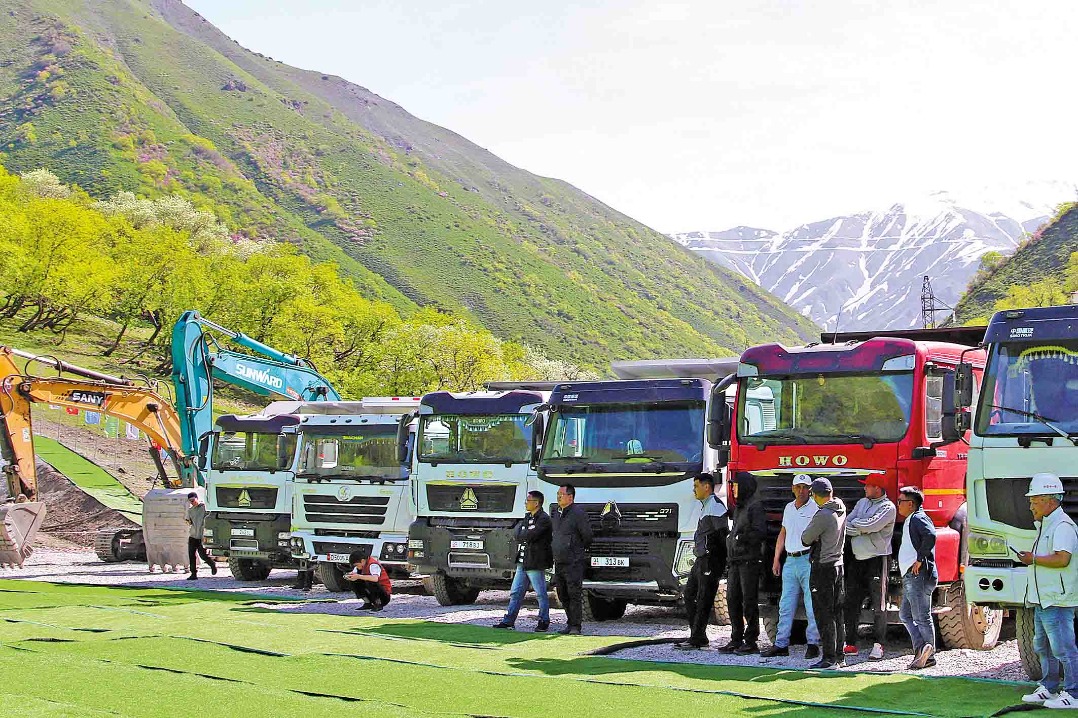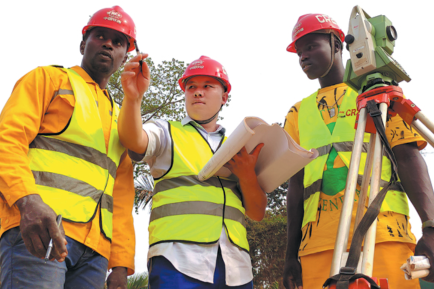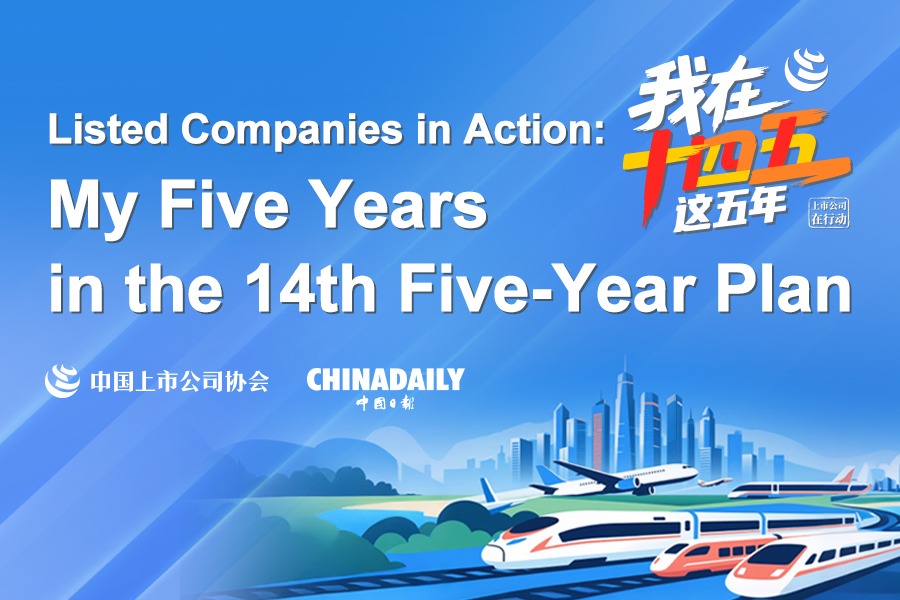China unveils draft rules to curb new steel capacity, tighten green standards

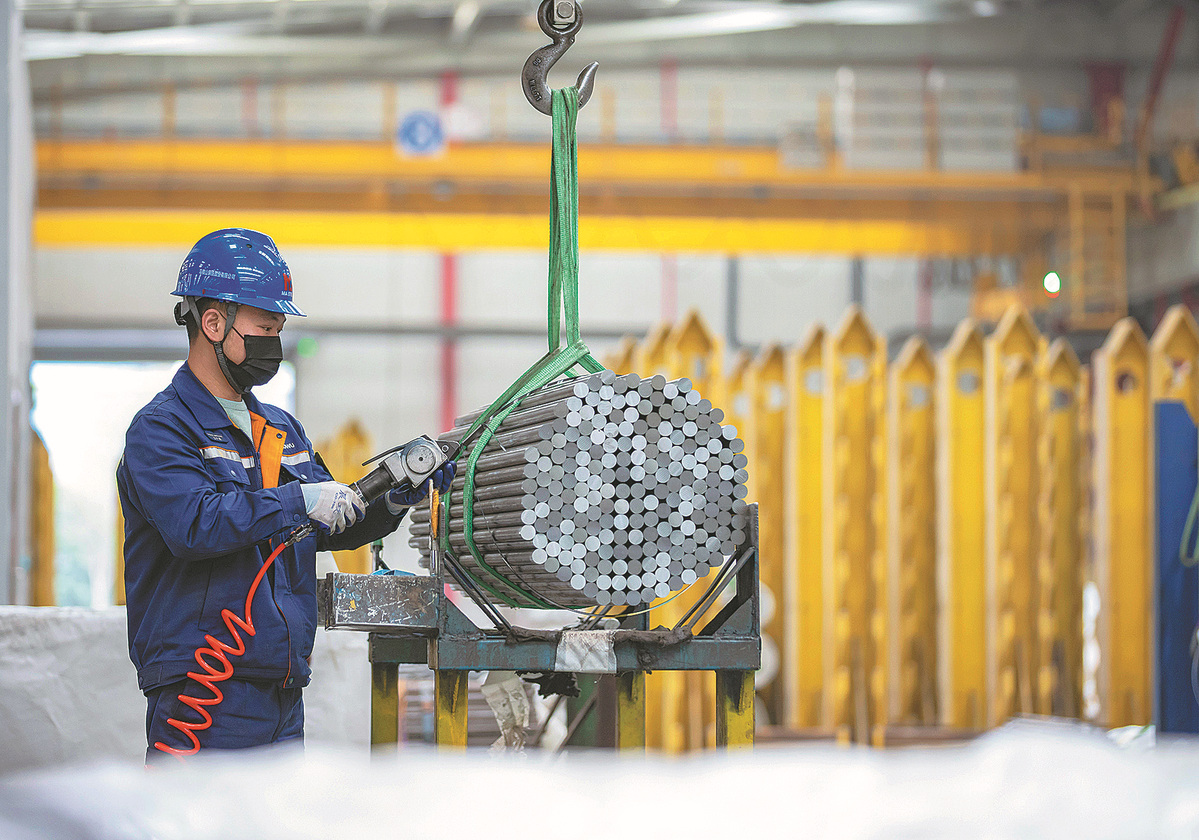
China's top industry regulator has proposed tougher rules to rein in steel production capacity and promote cleaner manufacturing. The proposed rules would ban new steel projects outside of approved industrial parks of Yangtze River economic belt and restrict capacity transfers in key regions, according to a draft regulation recently released by the Ministry of Industry and Information Technology.
The proposed rules signal Beijing's renewed push to prevent a resurgence of overcapacity and accelerate the sector's green transition.
Under the proposal, key regions with strict environmental goals would not be allowed to increase total steelmaking capacity. Additionally, the transfer of capacity from non-key to key regions, or between key regions, would be strictly prohibited. Provinces and cities with national capacity control targets would also be barred from accepting capacity transferred from elsewhere.
Furthermore, only smelting equipment listed in the official de-capacity plans in 2016 could be used for capacity replacement. Six types of capacity are excluded, including outdated or subsidized capacity previously scheduled for elimination, unbuilt equipment, and unapproved auxiliary smelting facilities such as vanadium converters or induction furnaces.
The proposal rules also raised the minimum replacement ratios, requiring at least 1.5 tons of capacity to be scrapped for every ton added. For mergers and acquisitions completed after June 2021, the ratio may be no lower than 1.25 to 1.
Three project categories — on-site upgrades, high-end specialty steel using advanced smelting processes, and projects in Qinghai province and Xizang autonomous region — would qualify for equal-capacity swaps.
The draft rules propose tightening merger conditions for companies seeking favorable replacement ratios, requiring substantive integration of ownership, management, and operations.
The MIIT said it would encourage steelmakers to expand electric-arc furnace capacity, promote hydrogen metallurgy and retrofit existing plants with low-carbon technologies, which are part of China's broader effort to green its heavy industries and maintain tighter oversight of steel output.


















